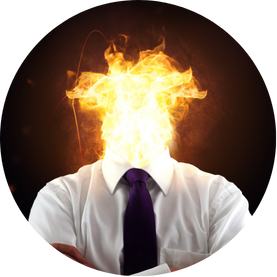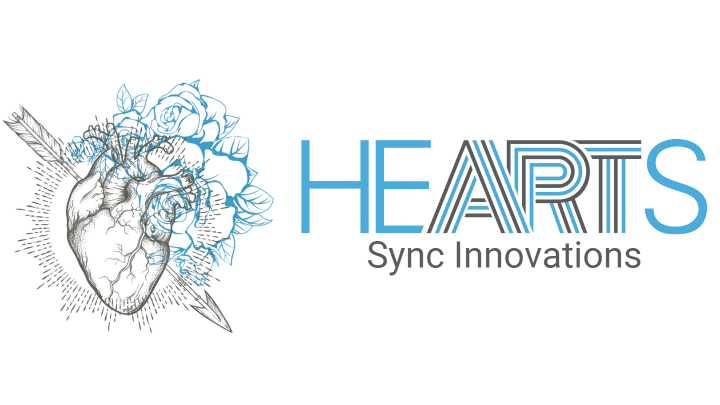When neuroscientist and Nobel laureate May-Britt Moser demonstrated how precisely our brain maps space and movement, it became clear: posture, coordination, and pain are not marginal issues, but central control points of our performance. Back pain disrupts exactly this navigation system – and with it focus, sleep, and energy. The good news: with a smart, holistic approach, the back can be trained like a high-performance instrument – resilient, flexible, and longer-lasting pain-free.
Back pain is often multifactorial: mechanics, psyche, inflammation, and lifestyle interrelate. The core muscles are crucial – the active corset of abdominal, back, and hip muscles that stabilizes the spine. A lack of strength and control increases the burden on intervertebral discs and small facet joints. Visceral fat visceral fatfat tissue around internal organs promotes systemic inflammation and can hinder healing processes. The intervertebral disc intervertebral discshock absorber made of fibrocartilage with a water-rich core between the vertebrae relies on diffusion: movement and good circulation provide nutrients. Chronic stress increases muscle tone and pain perception through the stress system HPA axishormonal stress regulation system, while smoking hinders the regeneration of intervertebral discs. Those who understand these levers – stability, mobility, inflammation, stress, regeneration – have the most important knobs for a less painful back in hand.
Insufficient targeted activity weakens the core muscles and deteriorates lumbar motor function – both increase the risk of pain. A structured core program reduces pain, improves posture, and enhances control of the lumbar spine [1]. Overweight increases mechanical load: as body mass rises, the range of motion, intradiscal pressure, and deformation of the disc tissue increase – a path toward degeneration [2]. Smoking acts biochemically and vascularly: nicotine dampens the formation of glycosaminoglycanswater-binding building blocks of intervertebral disc cartilage, microcirculation worsens, inflammatory mediators rise – the regeneration of the disc suffers [3] [4]. At the same time, psyche and stress influence pain pathways: multimodal mind-body approaches reduce chronic back pain and improve function and quality of life [5] [6]. Therefore, those who specifically address strength, weight, nutrient supply, and stress create the conditions for long-term pain reduction and performance enhancement.
Core interventions yield robust effects: in a controlled study with dancers, a three-month core program reduced pain intensity and improved posture, strength, and lumbar motor function – a practical demonstration that targeted stabilization not only dampens symptoms but recalibrates movement quality [1]. Simultaneously, biomechanics shows why weight management is so effective: a validated spine model predicts higher intradiscal loads, increased ranges of motion, and greater tissue deformation in obesity – parameters that correlate with degenerative changes [2]. On the behavioral level, research on mind-body methods and yoga underscores their clinical relevance: randomized designs and systematic reviews demonstrate that mindfulness-based stress reduction, cognitive strategies, and yoga reduce pain and limitations of chronic back pain and address physiological stress markers; ongoing studies additionally measure cortisol, inflammatory markers, and heart rate variability to refine mechanisms [5] [6]. Together, these data mark a clear pattern: reducing mechanical load, improving neuromuscular control, calming the stress system – this is the triad of sustainable back rehabilitation.
- Sign up for a yoga or Pilates class: Prefer sessions with segmental stabilization and flexibility work. Studies show improved hip flexor flexibility and thoracolumbar mobility after 12 weeks of Hatha yoga – relevant components for a stable yet mobile spine [7]. Use a graduated progression: poses like Boat or Plank strongly activate the core flexors, while Reverse Boat challenges the back extensors; gentle sequences (Cat-Camel, Downward Dog) are suitable for recovery days [8].
- Integrate mindfulness and breath training: 10–15 minutes of daily breath focus or MBSR elements reduce stress and muscle tone. Multicomponent mind-body programs act as evidence-based supplements for chronic back pain; ongoing RCTs additionally test effects on inflammatory markers and HRV – a plus for resilience and recovery [5] [6].
- Eat anti-inflammatory and stay well-hydrated: Follow a plant-focused pattern with high-quality proteins, omega-3 sources, and micronutrient density. Goals: healthy weight, low-inflammatory environment, robust microbiome health – all factors that can positively influence the course of back pain [9]. Practically: each meal should comprise half a plate of vegetables/fruits, a protein source, healthy fats; 30–35 ml of water per kg of body weight as a starting point.
- Schedule regular massage or manual therapy: Gentle techniques can immediately reduce muscle stiffness and relieve pain; newer approaches such as Kanshoho work with very low pressures and guided movement – suitable for sensitive individuals and as a complement to active training [10].
The coming years will bring more precise, personalized back programs – from biomechanical models predicting load profiles for different body types to studies demonstrating which combination of yoga, MBSR, and nutrition most effectively improves specific biomarkers. The goal: tailored, practical protocols that increase resilience, dampen inflammation, and provide regeneration-friendly support for the intervertebral discs.
This health article was created with AI support and is intended to help people access current scientific health knowledge. It contributes to the democratization of science – however, it does not replace professional medical advice and may present individual details in a simplified or slightly inaccurate manner due to AI-generated content. HEARTPORT and its affiliates assume no liability for the accuracy, completeness, or applicability of the information provided.













